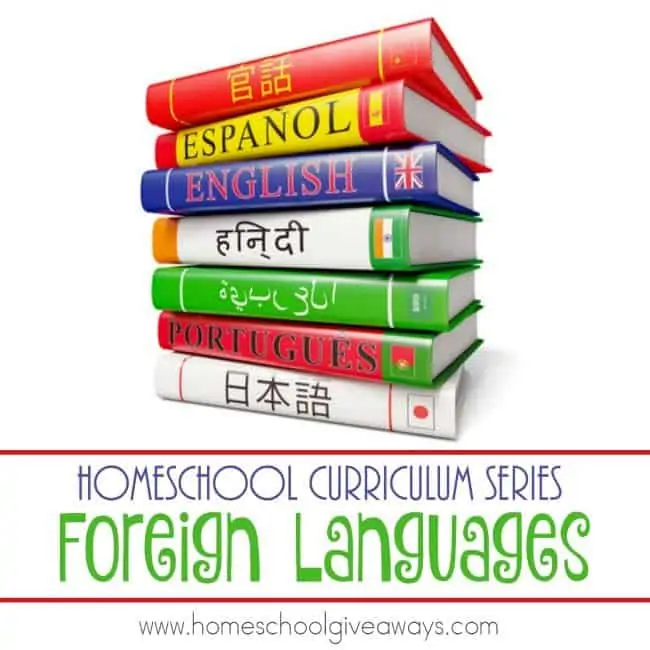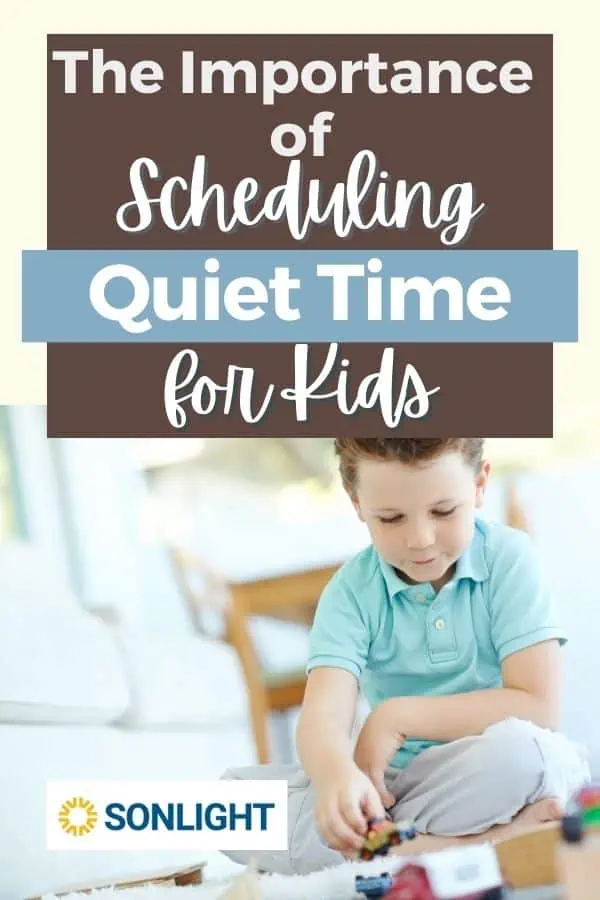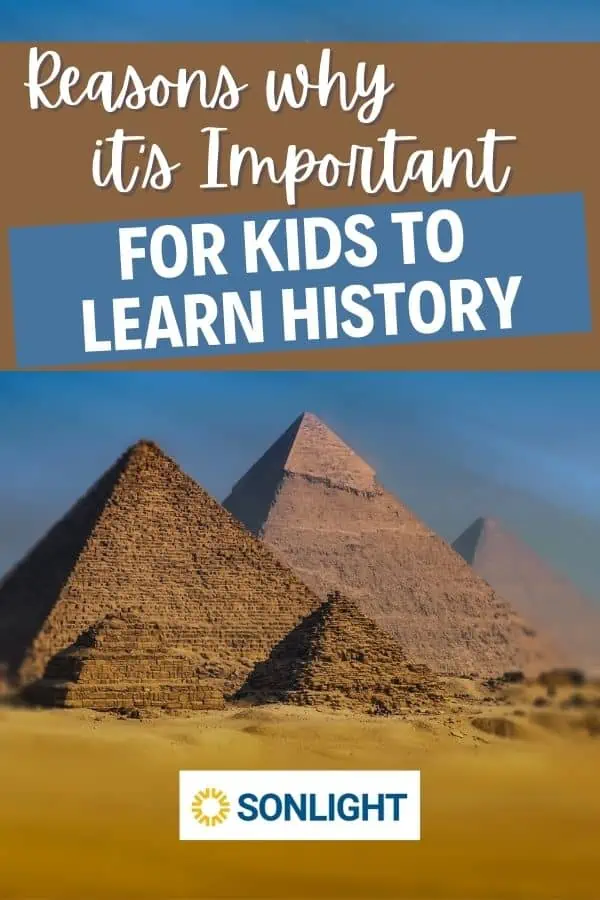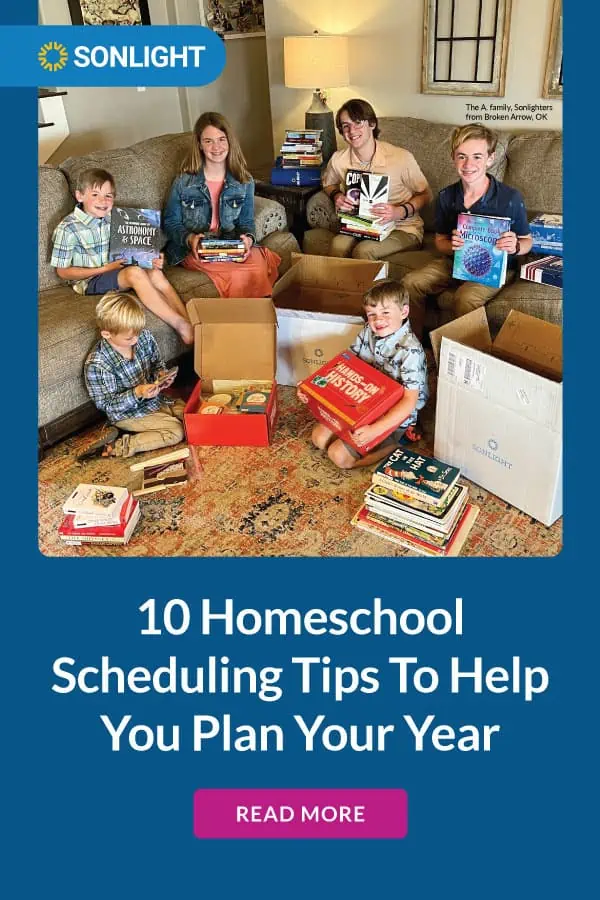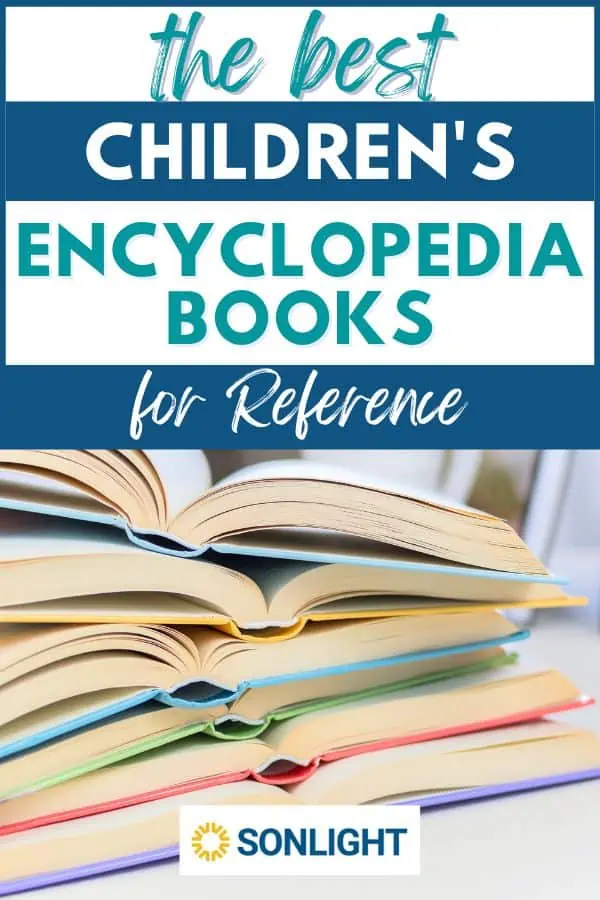Homeschool Series: Foreign Languages
Published:
October 12, 2016

Contributor:
Annette Breedlove
Disclosure: This post may contain affiliate links, meaning if you decide to make a purchase via my links, I may earn a commission at no additional cost to you. See my disclosure for more info.
In my high school, we were required to take at least 2 years of foreign language. At first, I was super excited to learn a new language. Then I realized just how much work went in to learning said language. It wasn’t easy. Hours of studying, practicing, reciting and more studying. But, in the end I am happy I learned at least part of a new language.
When we decided to homeschool, teaching a foreign language was probably one of the things I was most excited to experience. (And the most reluctant, since I didn’t remember anything I learned in high school.) We don’t start our children super young with foreign languages, but I do want them to learn at least one. In our house, my husband and I choose the first language they have to learn and then they are welcome to choose another if they want. Here are some of our favorites that we have explored and researched.
Foreign Language Curriculum
Rosetta Stone – This is probably one of the most popular foreign language resources out there. What I love about them, is the variety of languages you can learn. You can choose from Spanish (Latin America), French, German, Filipino, Italian, Chinese (Mandarin), Latin, Japanese, Portuguese (Brazilian), Korean, Greek, Polish, Hebrew, Dutch, Vietnamese, Irish, Russian, Swedish, Arabic, Hindi, Turkish, Persian (Farsi), Thai, Swahili, Danish, Welsh and more. Rosetta Stone Homeschool features a foreign language curriculum specifically designed to provide homeschool students with a rich, fully interactive and engaging language-learning experience, while giving parents the tools and resources needed to manage student progress without extensive planning or supervision. Rosetta Stone Homeschool is self-paced and designed to make it easy for parents to offer language learning even if they don’t speak the language their students are studying. Students are instantly captivated by Rosetta Stone so they stay engaged. Plus, with positive reinforcement and quick results, their language-learning confidence soars!
10-Minutes a Day Language – This software/book combo is a whole new way to learn a foreign language. See and hear the words as you practice with the interactive Sticky Labels, Flash Cards and special activities. These lessons are a complete, and fun, hands-on language learning program. You can choose from Italian, Spanish, French, Chinese, Russian, Norwegian, Arabic, Portuguese, German, Japanese and Hebrew.
Nouveaux Chemins – This solidly Christian curriculum, from A Beka, helps first-year students learn to speak, understand, read, and write basic French in everyday situations. Features a weekly Bible memory verse, practice lessons from the life of Christ, and a strong missionary emphasis. Easy-to-follow explanations, detailed examples, and abundant application exercises are designed to promote meaningful use of the language.
Elementary Greek – My husband, being a Bible college graduate, wants all of our children to learn Greek when they are young, rather than waiting until college. He searched and searched for a program that would teach our children Koine Greek, that was both kid-friendly and easy-to-use for me. This is the one we chose. This program is designed to be used as a full course for teaching children as young as 2nd or 3rd grade, but it may also serve as a self-teaching program for teens and adults. No previous knowledge is necessary and each concept is covered thoroughly and reviewed regularly throughout the course. Thirty weeks of daily lessons insure a complete school year of brief, incremental lessons with no additional planning.
Hey Andrew! Teach Me Some Greek – Hey, Andrew! Teach Me Some Greek! teaches biblical Greek to preschoolers and older students (even adults enjoy it) using a combination of deductive, inductive, and interactive methodology presented in a workbook format. This easy-to-use workbook requires no prior knowledge of Greek. Upon completing this series, your student will have an understanding of koine (biblical) Greek. This understanding will be demonstrated in reading comprehension and writing skills.
Latin (BJU) – This single text covers much of what is found in both first and second year courses: five declensions of nouns, four conjugations of verbs, plus comparable other grammatical coverage. It uses an unusual inductive approach. Conversations between teacher and students are scripted; they should be read aloud with teacher and one or more students taking parts unless a student is studying alone. Solitary students must read through these conversations on their own—they are essential to the lessons.
Latin for Children – The Latin for Children: Primer A is engaging, incremental, creative and filled with clear grammatical explanations, illustrations, exercises, tests, and a sizable and useful reference section. The text comes with a plethora of mnemonic aids (songs, chants) that enable students to learn vocabulary (over 240 of the most frequently occurring words) and grammar with ease and delight. The text is graphically engaging, featuring a crisp, classical look professionally designed. These books are the collaborative effort of three Latin teachers, and are the fruit of six years of research and testing.
Spanish I and II (A Beka) – This vocabulary manual is designed to provide the first-year student with a logical, step-by-step introduction to the most common Spanish words and expressions from a Christian perspective. You will need to buy a student text, teacher’s guide, vocabulary manual, and teacher’s edition to the vocabulary manual for each course. Spanish I also needs the coordinating CDs. The student test booklet is optional. The Spanish II text is similar, but does not have CDs.
Biblical Hebrew: A Homeschool Primer – With reverence for God’s Word, creative exercises, and a dash of fun, Biblical Hebrew: A Homeschool Primer unrolls the scroll for Christian homeschool families to hear God speak, gain lifelong Bible study tools, and earn high school foreign language credits. The primer, with its companion teacher’s guide and music CD, teaches how to read, write, and sing Biblical Hebrew, and can be used as the foundation of a year-long exploration of Biblical history, geography, and worldview.
DVD and Online Foreign Language
PetraLingua – PetraLingua is a wonderful new program for online and DVD-based foreign language learning. The multimedia approach – text, audio, video, pictures and interactive exercises – to teaching and learning foreign languages uses different media to help children learn the new language in an efficient way. These courses are designed specifically for ages 3 to 10, but adults who want to learn a foreign language the way learned as a child. You can choose from English, Spanish, Chinese, Russian, German and French online or on DVD. The courses are offered on a monthly subscription basis ranging from 1-month ($7.99) to 12-months ($47.99) or choose the DVD set for $89.99.
Lingua.ly – This is a fun website that is great for practicing and reinforcing new vocabulary words in a variety of languages. Simply import words for your vocab list and practice away. The downside to this site, is that the words are not pronounced for you, so I feel this would only be helpful as a practice tool for vocabulary, not for working on pronunciation.
Better Chinese.com – This course comes highly recommended from those who have learned Chinese. Developed by experienced teachers and educators, the Better Chinese curriculum is classroom-tested with proven results from the pre-school level through college. Each series is tailored to provide students with easy-to-use, fun and comprehensive materials to make learning Chinese exciting in non-native Chinese environments. Not only will students learn the language naturally, they will also have fun and develop a keen understanding of the Chinese culture.
Sign Language for Everyone – The book and DVDs cover the basics and essentials of American Sign Language (ASL). You can choose either or both. Personally, having taken Sign Language in college, I recommend both, as you can only learn so much from a 2D book. In my opinion, the DVD is essential in learning correct hand placement. This set will teach over 600 signs of ASL in two 2-hour DVDs. I like that this program teaches signs for witnessing along with the essentials.
American Sign Language Lessons – These lessons are from ASL University and provided online free of charge. These lessons can be used with children of all ages. Older highschoolers and adults can pay for the lessons and receive college credit.
Textkit – This site offers free Grammar texts and readers for both Greek and Latin.
Headventure Land – This site offers free games, readers, videos and coloring pages for Latin, Spanish and Greek. Many of these resources align with Classical Academic Press, but they can be used with other curriculum as well. Many of the resources are suitable for elementary ages, but please be proactive and screen them first.
Nihongo Master – Learning Japanese with these free introductory multi-sensory courses are fun. If you would like to continue your studies, more advanced lessons are available.
Looking for more resources? Check out my Homeschool: Foreign Language Pinterest board!

